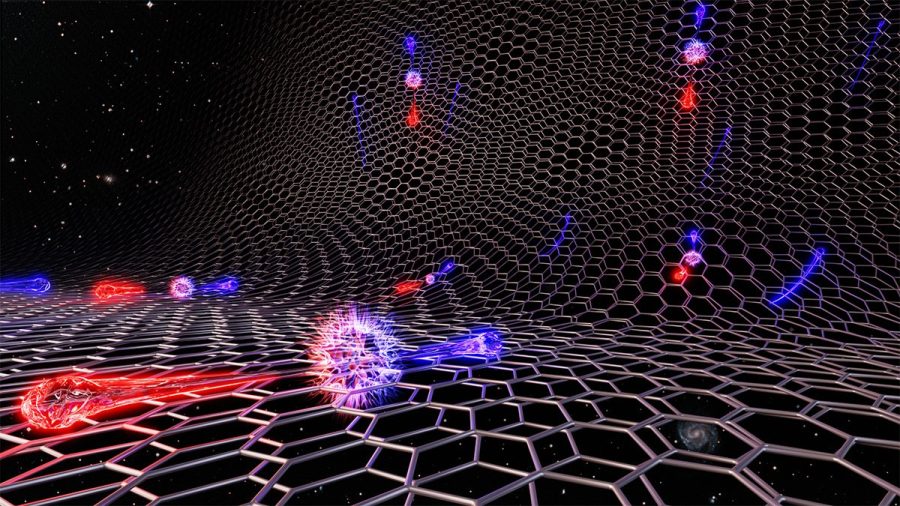Improbable, Not Impossible: In Groundbreaking Experiment, Scientists Create Matter From “Nothing”
October 7, 2022
“Matter cannot be created or destroyed.” The law of conservation of mass is something that has been ingrained into our education ever since biology and chemistry. However, what if this law isn’t all that true?
First off, we have to understand that the universe is made up of several basic conservation laws. They “govern energy, charge, momentum” and other things in that list. Scientists have previously turned matter invisible but creating matter is “another thing altogether,” according to BGR.
One of the biggest arguments that arose from this debate called into question the Big Bang Theory–the idea that our universe simply came to exist from a single point and expanded with the snap of a finger.

Theories have one thing quantum physicists have proven to use is that two particles that collide in empty space can cause particles to emerge. There are some theories that suggest if there is a strong electromagnetic field, it can create matter and antimatter out of nothing itself.
One such experiment in 2022 led to a group of researchers who created strong electric fields that had the same properties of a material called “graphene.”

Then, using these fields, these researchers enabled the creation of particle-antiparticle pairs, thus proving the original theory of Julian Schwinger–one of the founders of the quantum field theory–that matter can be created from nothing.




Moussa rouholamini • Nov 14, 2024 at 12:16 pm
(In my opinion, this experiment contradicts the principle of conservation of matter and energy, because energy cannot be created or destroyed, and particles are condensed energy. Therefore, I think that the electrical energy used in the experiment is converted into mass. This opinion must be weighed.)